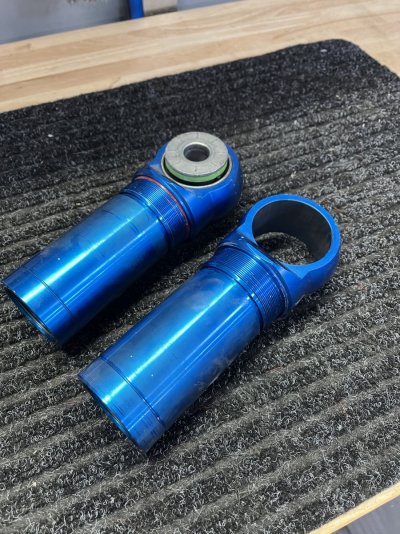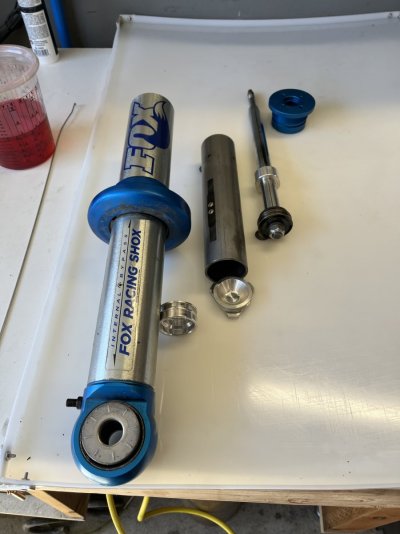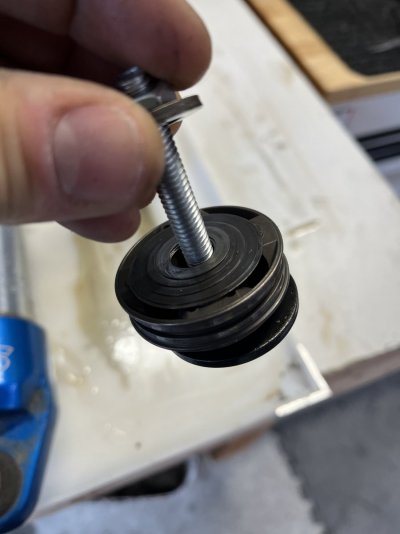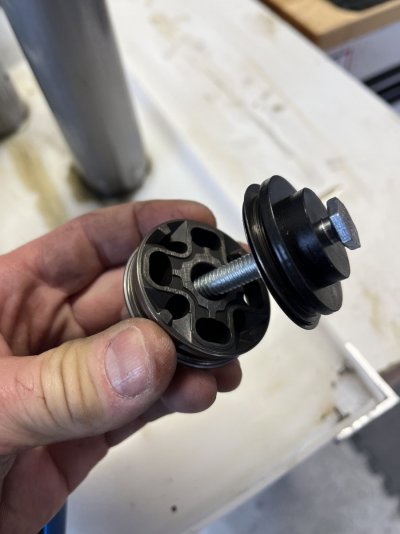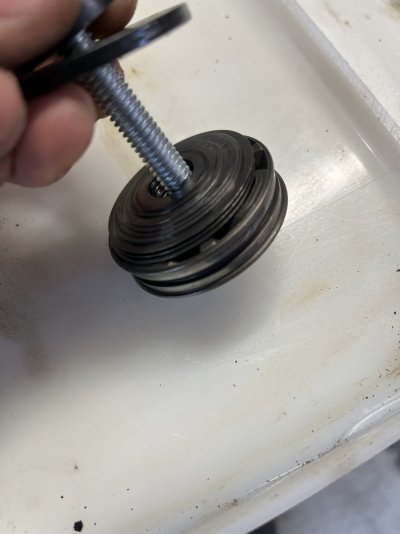FishFreak
Full Access Member
Thank you @Jhollowell ! I was wondering what 'internal bypass' meant! I've got more homework to do....This is the problem with the Gen 2 shocks on a Gen 1 conversation. Half the people will say it's great and it works and half the people say it won't work. I'm a fan of using the parts that were designed and engineered for my truck. Ford engineers know what they're doing. But do what makes you and your bank account happy.
@FishFreak the Gen 1 shocks are not monotube. There is an internal bypass tube which the shaft/piston/valve assy rides inside. there are no moving parts contacting the 2.5 diameter outer body. This is why i'm curious to know if the Gen 2 bypass tubes are the same diameter. They could be bigger due to there being more space inside, but did Fox/Ford do that? Who knows, but a simple caliper test would answer the question.
@eastreich if you open up a set of Gen 2 shocks i'd be curious to know the ID/OD of the bypass tube as well as the IFP.
For all intents and purposes, there's not a HUGE difference in the suspension systems of G1 vs G2, I mean, it's not like we're using the G3 rear link suspension coilover in a G1 rear leafspring raptor, right? The design and travel seems very similar. Ford planned from the beginning to make the G1 raptor suspension great, but knew that G2 would have to raise the bar a little with 3.0 shocks, well, to sell us more trucks right?
Last edited:


